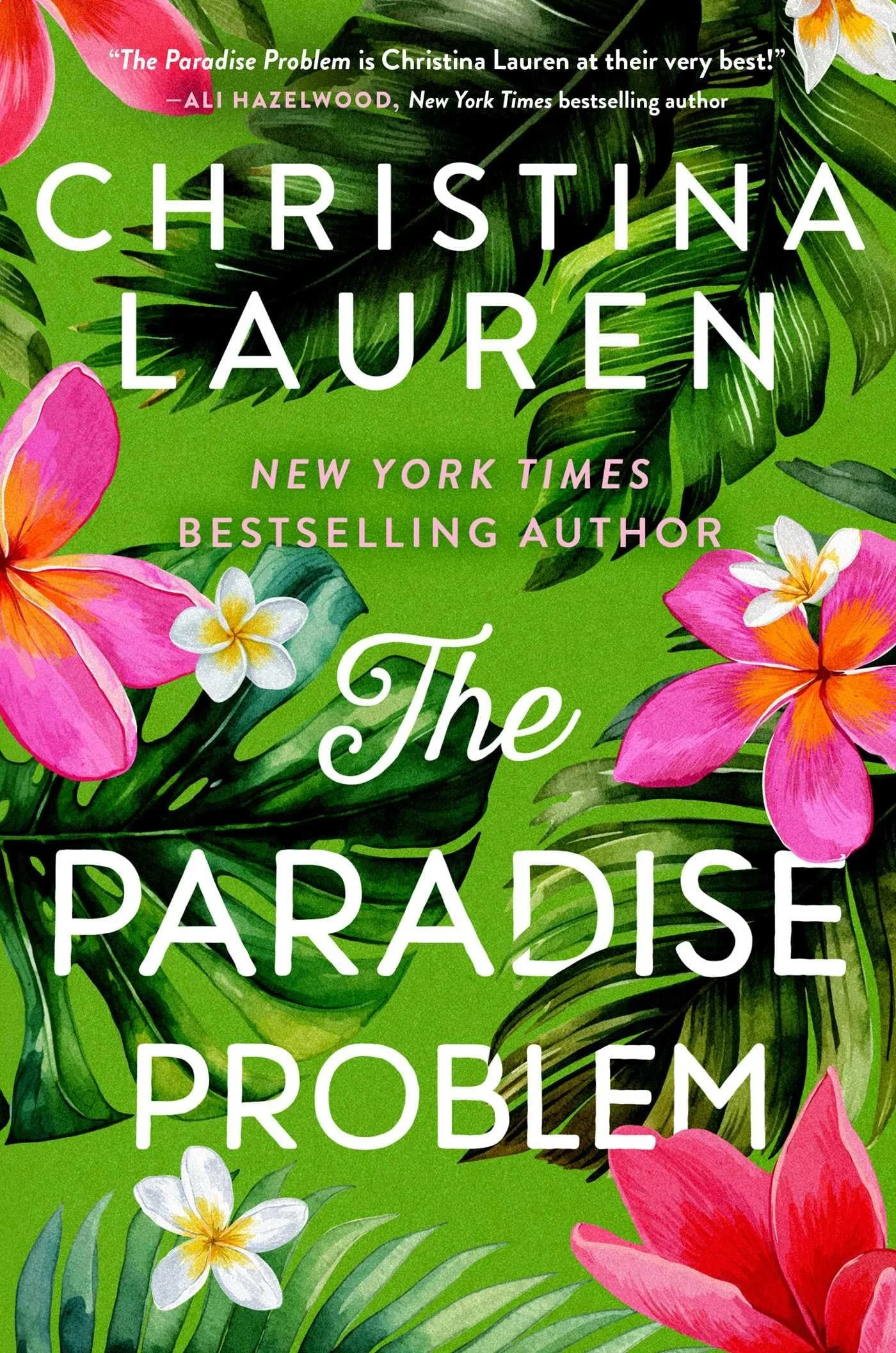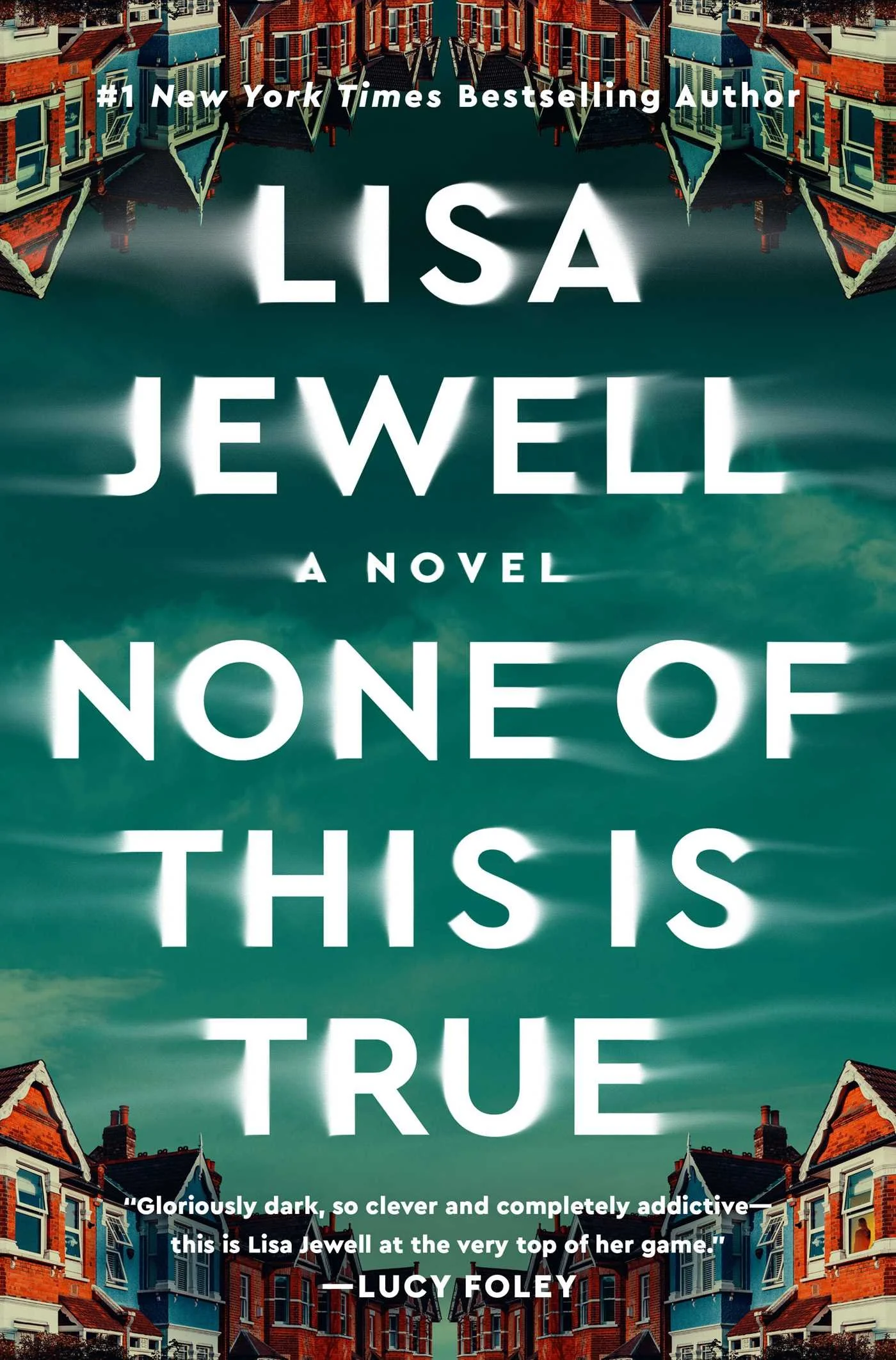Book vs. Movie: “After” by Anna Todd
After reading After by Anna Todd and watching the entire After movie series, I just had to compare the two. The movie introduced me to Tessa and Hardin’s story a while ago, and the book just pulled me all the way in. Both have their strengths. But if you’ve only watched the movie, you’re definitely not getting the whole picture.
Here’s why the After book hits deeper than the movie adaptation.
The Relationship Dynamic: Movie vs. Book
The movie version of After stands out for its spicy, emotional intensity. Even without reading the book, you can feel Hardin and Tessa’s immediate and inexplicable pull. Yes, it’s chemistry. But it’s also something intellectual. The classic “bad boy meets good girl” trope, and both are convinced it’ll never work… until it does. No one around them gets it, and maybe they don’t either. But that energy is undeniable.
The book sharpens that energy into something more tangled…and more toxic. You get inside Hardin’s mind. You witness Tessa’s internal conflict. What the film shows in lingering glances, the novel delivers in charged dialogue, emotional manipulation, and obsessive tension. Their bond feels heavier, messier, and more consuming.
Hardin & Tessa: Book vs. Movie Characters
Hardin’s look in the movie is almost identical to the book: tattoos, brooding wardrobe, tousled hair. But his vibe is off. In the movie, he comes across as bratty. In the book, he’s deeply troubled. There’s a weight to him on the page that doesn’t fully translate onscreen. (And yes, the missing lip ring matters.)
Tessa is even more miscast. In the book, she’s modest, full-figured, and painfully insecure. In the movie, she’s polished, confident, and not nearly as awkward. The change is subtle but significant. It shifts the story away from her coming-of-age journey and toward pure drama.
Scene Breakdown: Which Moments Hit Harder
As usual, the book wins.
Their first time together was way more layered in print, both emotionally and physically. And the final betrayal scene was genuinely devastating. But most annoyingly (but perhaps understandably), the movie changes a key plot point. In the book, Hardin bets that he can take Tessa’s virginity. In the film, the bet is softer, less cruel. That change matters. In the novel, Hardin doesn’t just break her heart, he shatters her trust, innocence, and sense of control. It’s darker, more disturbing, and raises the stakes of his entire redemption arc.
That said, two movie scenes do outshine the book:
The literature class debate on Pride and Prejudice is more dynamic on film, with witty banter filled with sexual tension.
The wedding dance scene is soft, romantic, and magical.
Pacing and Structure
In both the book and movie, everything happens fast. The timeline is slippery. And emotional whiplash is constant. But that’s part of the experience! You’re meant to be swept up, confused, and completely consumed by their chaos. That’s the world of After.
Emotional Impact: What You’ll Feel
The movie makes you sympathetic. You want them to make it work. You want their love to win.
The book makes you a little uncomfortable. You pity Tessa. You resent Hardin. And still, you keep reading. Because you're not sure if you want them to end up together or burn it all down. It’s such a mind tease.
Final Verdict: The After Book Is Better
The emotional weight, betrayal, and obsession all land harder in the book. If you want to feel this story in its rawest, most intense form, you’ve got to read the book. The movie might give you butterflies, but the book will leave you gutted. (In my best Hardin impression.)
Highly recommend reading the book, especially if the film left you wanting more.
Then come back and tell me which one hit you harder.







